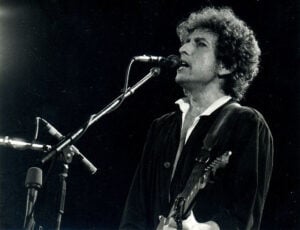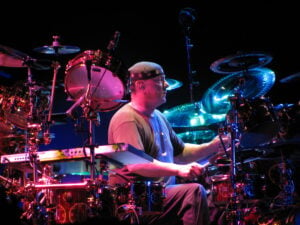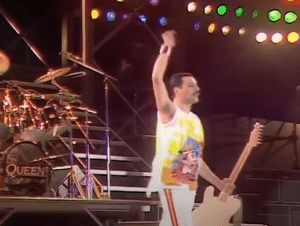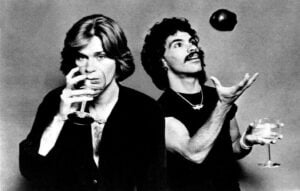How The Beatles “Repetitiveness” Made Them A Hit Song
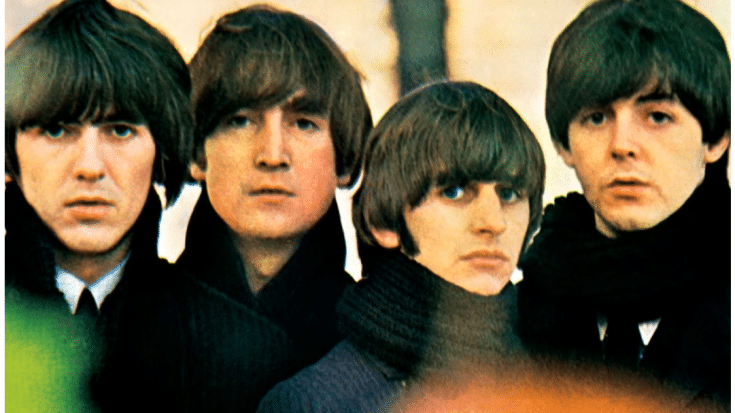
via The Beatles / YouTube
The Beatles’ “Let It Be” is one of the most beloved songs in rock history. It’s a powerful anthem of hope and comfort, and fans have been singing along to it for decades. But if you listen more closely, you might start to notice something familiar. A lot of people believe “Let It Be” is basically a gospel-flavored version of an earlier Beatles hit — “Hey Jude.” And once you hear the similarities, it’s hard to unhear them.
Familiar Sound, Familiar Feel
Both “Let It Be” and “Hey Jude” follow a strikingly similar formula. They open gently with piano-driven intros, then slowly build into uplifting, full-band choruses. That slow crescendo pulls the listener in emotionally — something The Beatles clearly knew worked after “Hey Jude” topped charts in 1968. So when “Let It Be” dropped in 1970, it felt like déjà vu in the best way.
The lyrics hit the same emotional notes, too. “Hey Jude” is basically Paul McCartney comforting someone during a tough time, encouraging them to “take a sad song and make it better.” “Let It Be” offers a similar message — that even in hardship, it’s okay to let things unfold naturally. Both are songs of reassurance, powered by McCartney’s signature voice that seems built to soothe and uplift.
Repeating Themselves — On Purpose?
Repetition plays a big part in both tracks. Think of the endless “na-na-na” chant in “Hey Jude” — it practically dares you not to sing along. “Let It Be” uses a repeated title phrase the same way, reinforcing the message until it’s carved into your memory. It’s effective, but it’s not exactly new ground. The band had already pulled this off with “Hey Jude,” so “Let It Be” felt more like a redo than a reinvention.
That’s not a knock — The Beatles repeating themselves is still better than most bands trying something new. If you’re going to “copy” a song, it might as well be one of your own best.
Lennon’s Take on ‘Let It Be’
John Lennon didn’t seem all that impressed by “Let It Be.” In the 1980 book All We Are Saying: The Last Major Interview with John Lennon and Yoko Ono, Lennon said. He stated:
“Nothing to do with The Beatles.
“It could’ve been Wings. I don’t know what [Paul was] thinking when he writes ‘Let It Be.’ I think it was inspired by ‘Bridge over Troubled Water.’ That’s my feeling, although I have nothing to go on. I know that he wanted to write a ‘Bridge over Troubled Water.’”
He went on to explain how the song fit into Paul’s final burst of creativity before the band split. Lennon said:
“He had a little spurt just before we split.
“I think the shock of Yoko and what was happening gave him a creative spurt, including ‘Let It Be’ and ‘Long and Winding Road,’ ‘cause that was the last gasp from him.”
Lennon also pointed out that Let It Be and Hey Jude tend to hog the spotlight:
“When a radio station has a Beatles weekend, they usually play the same 10 songs — ‘A Hard Day’s Night,’ ‘Help!’ ‘Yesterday,’ ‘Something,’ ‘Let It Be’ — you know, there’s all that wealth of material, but we hear only 10 songs.”
Still a Classic — Even If It’s Familiar
At the end of the day, yes, “Let It Be” may have borrowed heavily from “Hey Jude.” But let’s be honest — when the result is this good, does anyone really mind? It’s a rework of a formula that has already struck gold. Maybe it wasn’t groundbreaking, but it sure was comforting. And maybe, sometimes, that’s all a great song really needs to be.







